The Science Life
-
 Planetary Science
Planetary ScienceNASA’s Europa mission is a homecoming for one planetary astronomer
Over her long career, Bonnie Buratti has seen the search for life in the solar system go from a joke to a flagship mission.
-
 Physics
PhysicsMayo is weirdly great for understanding nuclear fusion experiments
Mayonnaise’s texture is perfect for mimicking what a fusion fuel capsule goes through after it’s blasted with lasers.
-
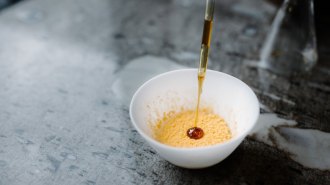 Microbes
MicrobesA fluffy, orange fungus could transform food waste into tasty dishes
The fungus thrives on everything from soy pulp to bland custards, turning them into digestible foods with a surprisingly pleasant flavor.
By Anna Gibbs -
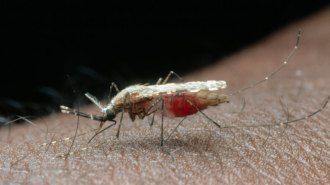 Animals
AnimalsGetting wild mosquitoes back to the lab alive takes a custom backpack
The new low-tech transportation method could help scientists in Africa assess if malaria-carrying mosquitoes are resistant to a common insecticide.
-
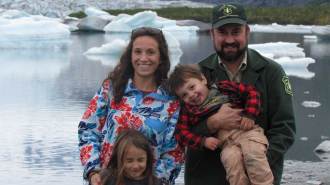 Health & Medicine
Health & MedicineA 25-year-effort uncovers clues to unexplained deaths in children
When Laura Gould’s daughter died in 1997, there was almost no research in unexpected deaths in children older than one. Gould helped change that.
-
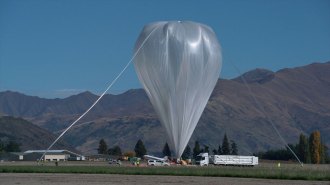 Space
SpaceA telescope dropped dark matter data from the edge of space. Here’s why
Last May, NASA’s Super Pressure Balloon Imaging Telescope crash-landed in rural Argentina. Scientists scrambled to recover the dark matter data aboard.
By Nikk Ogasa -
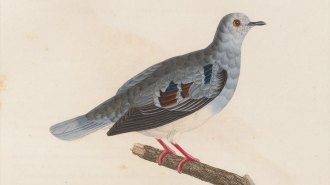 Animals
AnimalsThis bird hasn’t been seen in 38 years. Its song may help track it down
Using bioacoustics, South American scientists are eavesdropping on a forest in hopes of hearing the song of the long-missing purple-winged ground dove.
-
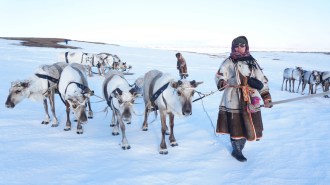 Science & Society
Science & SocietyReindeer herders and scientists collaborate to understand Arctic warming
Siberian reindeer herders and scientists are working together to figure out how to predict rain-on-snow events that turn tundra into deadly ice.
By Sujata Gupta -
 Math
MathAn enduring Möbius strip mystery has finally been solved
Playing with paper and scissors helped one mathematician figure out just how short the twisted loops can be.
-
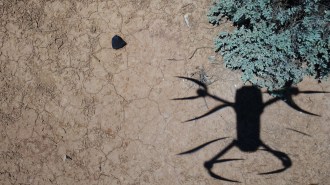 Planetary Science
Planetary ScienceHow drones are helping scientists find meteorites
Searching for fallen space rocks is labor intensive. A team of researchers in Australia is speeding things up with drones and machine learning.
-
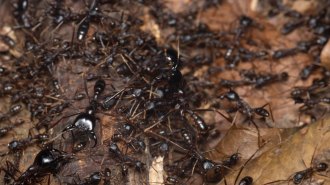 Animals
AnimalsSome African birds follow nomadic ants to their next meal
Specialized interactions between birds and driver ants in Africa could help explain why the birds are especially sensitive to forest disturbances.
By Yao-Hua Law -
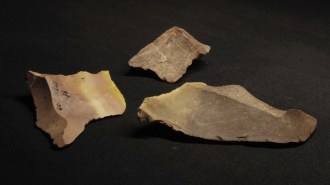 Archaeology
ArchaeologyIndigenous input revealed early hints of fiber making in the tropics
To decipher marks on nearly 40,000-year-old stone tools and figure out what they were used for, researchers turned to the Philippines’ Pala’wan people.